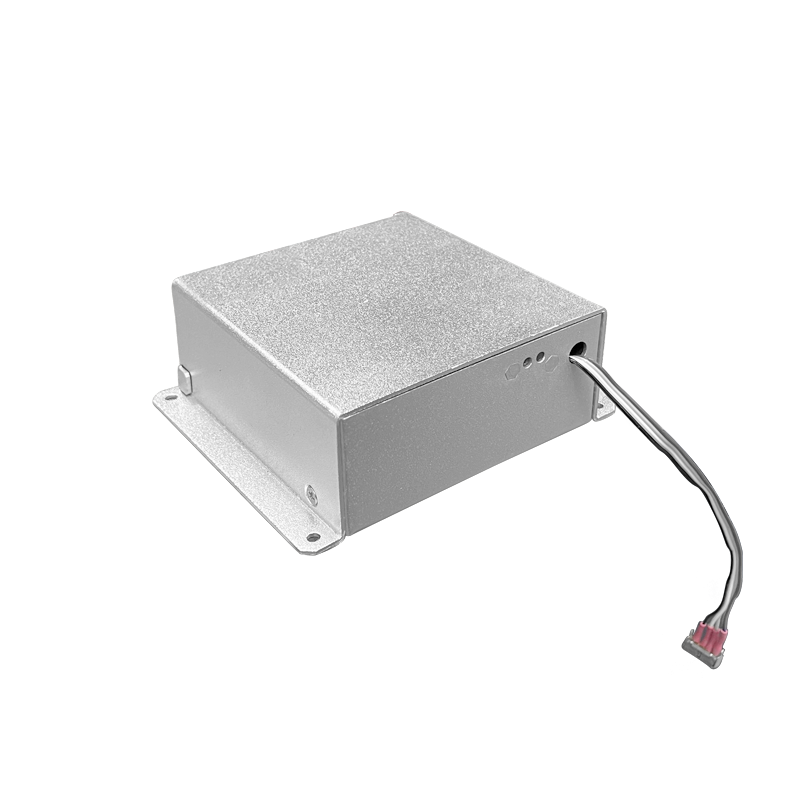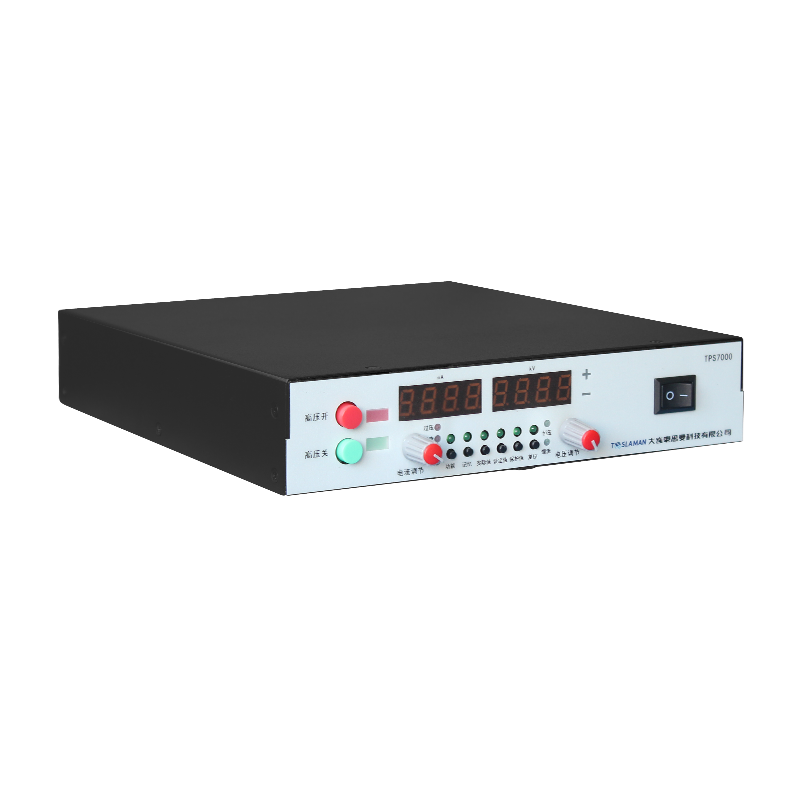Efficiency Enhancement of High Voltage Power Supplies in Electrospinning Equipment
I. Introduction
As a critical technique for producing nanofibers, electrospinning has demonstrated vast application potential in biomedical materials, filtration media, and composites. The performance of high voltage power supplies, the core power unit in electrospinning systems, directly influences fiber yield, quality, and energy consumption. With the surging demand for nanomaterials, improving the efficiency of high voltage power supplies has become a pivotal focus in technical development.
II. Key Approaches to Efficiency Improvement
1. Optimization of High Frequency Inverter Technology
Traditional power supplies rely on low frequency transformers, whose efficiency is constrained by core material losses and volumetric limitations. By adopting high frequency inverter topologies (e.g., push pull, half bridge, or full bridge circuits) combined with high frequency magnetic materials (e.g., amorphous alloys or nanocrystalline soft magnetic materials), transformer size and copper losses can be significantly reduced. For instance, increasing the operating frequency from 50Hz to tens of kHz can decrease core losses by over 70%, while reducing switching device conduction time to minimize standby power consumption.
2. Application of Soft Switching Technology
Hard switching operation generates overlapping current and voltage waveforms, leading to switching losses and electromagnetic interference (EMI). Soft switching technologies (e.g., Zero Voltage Switching [ZVS] or Zero Current Switching [ZCS]) drastically reduce switching losses. For example, adding resonant inductors and capacitors in a half bridge circuit enables power devices to switch under zero voltage or zero current conditions, elevating efficiency from 85% (hard switching) to over 92%.
3. Dynamic Power Regulation Mechanism
Fiber yield and uniformity in electrospinning depend on dynamic equilibrium between electric field strength and deposition rate. Integrating a closed loop feedback system to monitor spinning parameters (e.g., voltage fluctuations, current density) and dynamically adjust output power prevents the power supply from operating at full or overload conditions. For instance, employing a PID control algorithm with high precision current sensors can reduce unnecessary energy consumption by 10%–15% while maintaining fiber quality.
III. Technical Challenges and Breakthrough Directions
1. Trade off Between High Frequency and Thermal Management
High frequency operation enhances efficiency but intensifies heat generation due to parasitic parameters (e.g., stray inductance, capacitance). Enhancements such as dual sided heat dissipation designs, high temperature resistant encapsulation materials, and high thermal conductivity substrates (e.g., aluminum nitride ceramics) are critical for efficient thermal management.
2. Integration and Modularity Design
Traditional power modules are bulky and lack scalability. Modular designs with parallel operation and hot swap functionality improve system flexibility and maintainability. For example, separating control units from power output units facilitates future upgrades or fault replacements while reducing overall energy consumption.
IV. Application Prospects and Technical Value
Efficiency improvements yield direct benefits: reduced energy costs (estimates suggest a 0.5%–1% decrease per 1% efficiency gain), minimized cooling equipment requirements, and lower maintenance expenses. Long term, the integration of efficient power supplies with intelligent control could drive electrospinning toward green and intelligent manufacturing, supporting large scale applications in medical and energy sectors.
V. Conclusion
Efficiency optimization of high voltage power supplies is a cornerstone for advancing electrospinning technology. Synergistic applications of high frequency operation, soft switching, and dynamic control can significantly enhance system performance and provide technical support for nanomaterial industrialization.




















